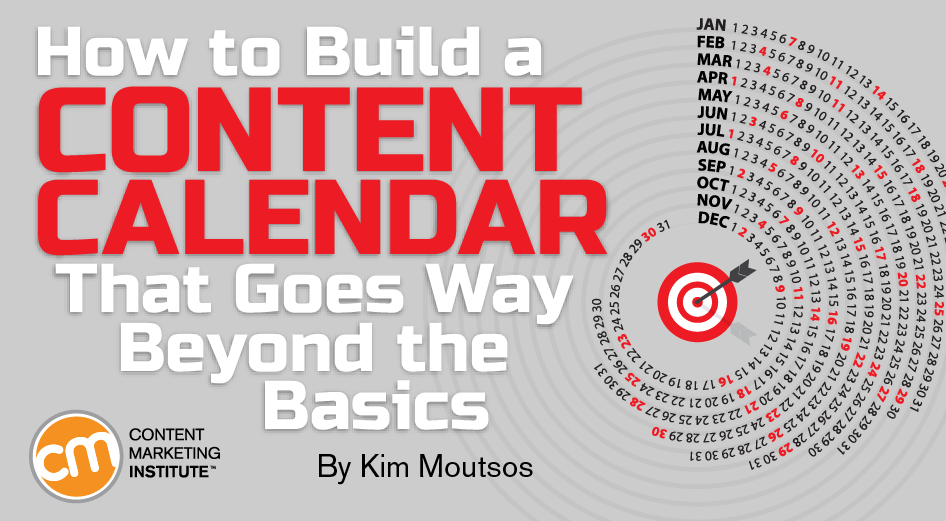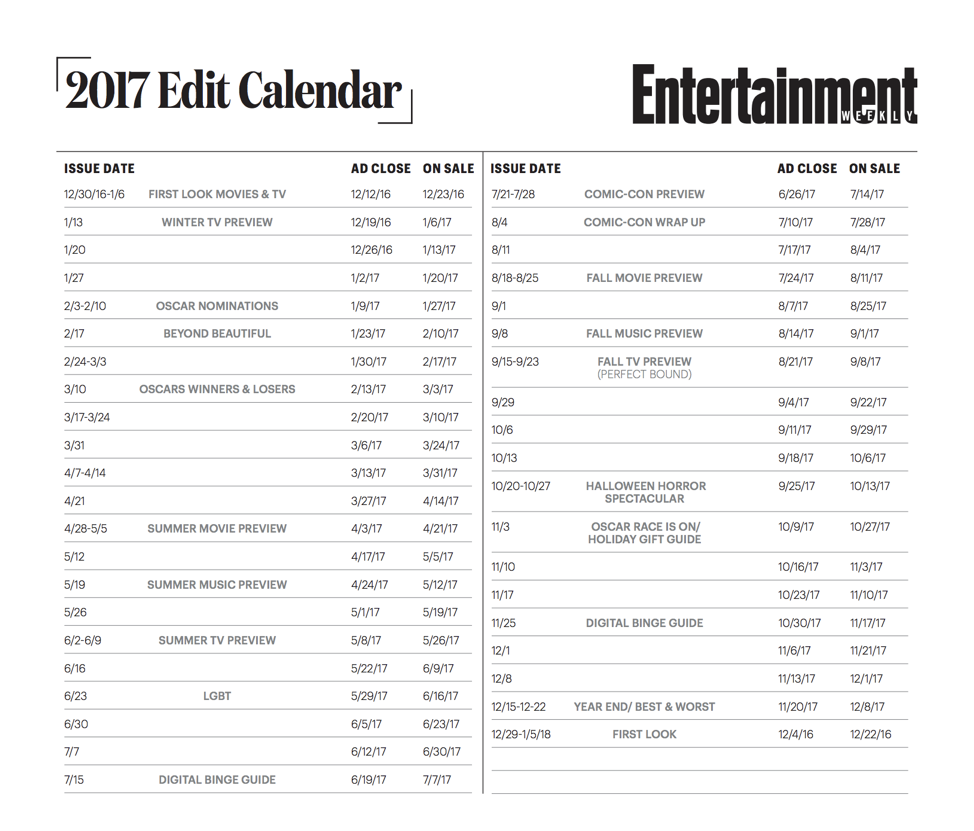Author: Kim Moutsos / Source: Content Marketing Institute

Is there anything left to say about how to put together a content calendar?
Between Content Marketing Institute writers and guest contributors, we’ve covered basic content calendar tips (including templates and examples) thoroughly over the years.
But as your organization’s content marketing maturity increases, you may outgrow your existing approach.
How will you know?
Most likely, you’ll know because you start to feel growing pains, often when you’re considering how to expand the scope of your content programs to include new initiatives (a print magazine, a new blog, podcast, or video series) or how to centralize management and governance of distributed content projects within one team. You may find yourself (and your team) struggling for efficiency when planning and tracking production, or optimizing, refreshing, and reusing your content.
You can alleviate the pain with an advanced approach to managing a content calendar. This advanced approach should give your team:
- A single source for the status of in-progress content on different channels
- A way to track your content’s use by teams in different internal brands, divisions, or countries
- The ability to track related and repurposed content through metadata for better content governance
To pull this off, you may need a new calendar tool and new processes, or you may simply need to adapt the processes you use with your existing tool.
First, though, let’s clear up any potential confusion around what I mean by a content calendar.
A content calendar by any other name
In Content Marketing Institute articles, you probably see “content calendar” and “editorial calendar” used interchangeably. Are they the same thing?
The term “editorial calendar” sometimes refers to a published list of issue themes and dates that sales teams use to book advertising into publications. This kind of editorial calendar typically includes a general description of what’s in each issue but remains vague enough to allow for changes and substitutions.
You can get a peek at many publications’ editorial calendars by searching the web. Here’s a bare-bones example that highlights special-issue themes, and shows ad-close and on-sale dates.

Of course, internally, publications use a more granular list of what’s planned, assigned, in-process, and so on, to manage their editorial production, just as content marketers do.
In a content marketing setting, a high-level editorial plan like the one above should be integrated with an actionable content calendar that details every piece of content being managed. Some organizations call this an editorial calendar, others call it a content calendar.
Call it what you will, just know that I use the terms to mean the same thing.
Content calendar prerequisite: A strategy
If you’re in need of a more advanced content calendar, you probably have a good sense of what a basic content calendar includes. (If not, check out the comprehensive details in Jodi Harris’ post Editorial Calendar Tools and Templates.)
But before you even think about evolving your approach to your content calendar, make sure you’ve documented your content marketing strategy.
Working for CMI, I’m contractually obligated to remind you to do this. I’m kidding about the contract, of course, but not about the need for a strategy.
A documented content marketing strategy guarantees everybody on the content team understands:
- Why you’re creating content
- Who you’re creating it for
- What makes your content different from your competition’s
- Where it’s published
- How success is measured (in other words, what goals you’re working toward)
As Jodi explains in her article, the specifics of your content marketing strategy inform many of your decisions about what details to track on your editorial calendar. It also guides decisions around what kind of content you’ll create.
An enterprise-strength approach
For a good example of when and why an organization might need to take its content calendar to the next level, consider the experience Stan Miller shared in his Content Marketing World talk What Exactly Does a Truly Global Editorial Calendar Look Like?
The global customer communications editorial lead for Rockwell Automation, Stan oversees governance and processes for the company’s:
- Print magazines (one edition in each of the company’s four…
Audience Team
The digital audience insights you need to build, manage and market to your digital audiences.

